 Current Solar Events and Past Solar Activity
Current Solar Events and Past Solar Activity
The symbol🗗 indicates a reference.
Updated on 2025-Jan-22 13:07 UTC
Use CTRL-F5 to refresh.

Live Solar Activity Online 🗗
|
Near real-time views of the Sun🗗 shown below were taken by SOHO telescope🗗 at four EUV wavelengths, each associated with a different color of the sun disc. Brighter areas show higher levels of solar surface activity, i.e. higher Solar Flux Index.
|
|||
|
Images of the solar activity at several wavelengths |
|||
|
17.1 nm Fe IX/X 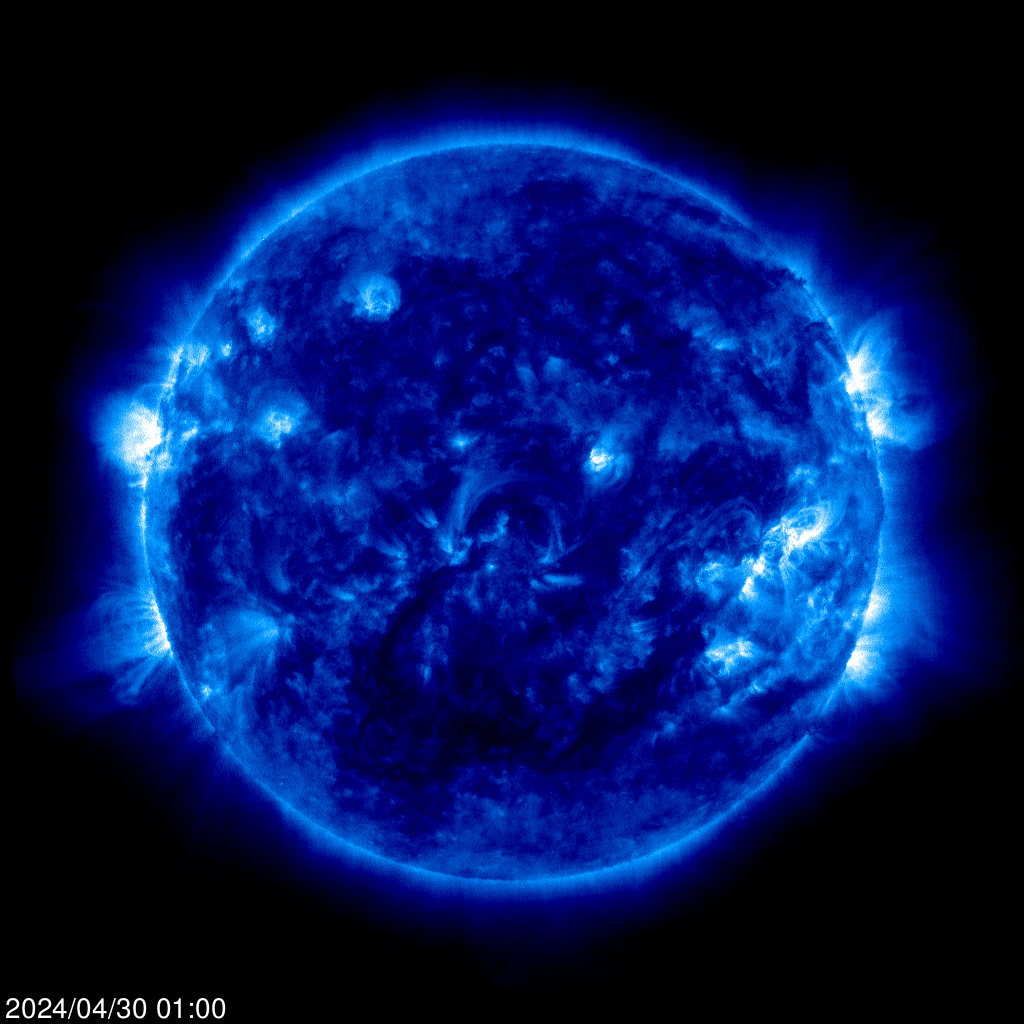
|
19.5 nm Fe XII 
|
28.4 nm Fe XIV 
|
30.4 nm Helium II 
|
|
Figure 1: Real-time SOHO🗗 images at EUV by EIT (Extreme ultraviolet Imaging Telescope)🗗
Solar Images courtesy of NASA, Solar Data Analysis Center🗗
Click on a thumbnail to view a larger image (opens a new window). Sometimes you may see the text "CCD Bakeout" instead of the images. For a technical explanation, read NASA CCD Bakeout explanation. |
|||
Real-time solar flare:
 relayed by ASWFCenter🗗 relayed by ASWFCenter🗗 |
| Flare alarm  Flare alarm | Observed fadeout now  present |
Predict possible fadeouts  near future |
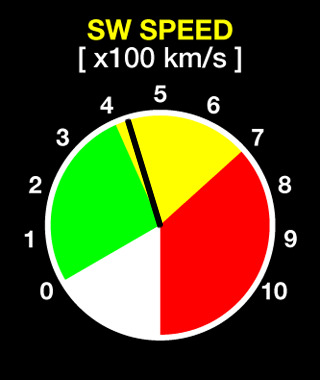 |
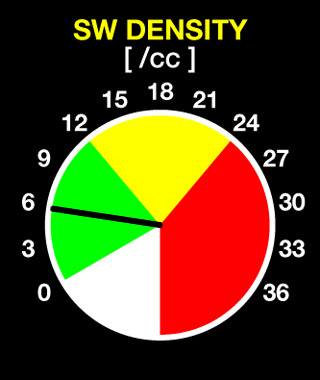 |
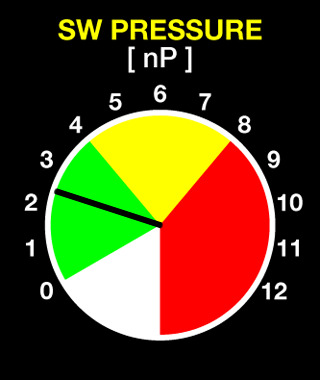 |
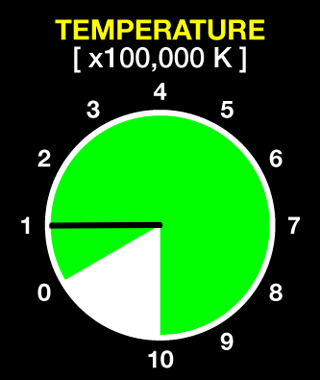 |
| Speed x100 km per second | Density of charged energetic particles per unit volume | Pressure The force per unit area required to stop the solar wind flow; nP = nano pascals |
Proton's Temperature |
| Figure 4: Online report of the Solar wind | |||
Please see below a list of online resources that provide real-time information on current and past solar activity:
The Space Weather Prediction Center (SWPC) provides real-time space weather data and alerts. It is managed by the National Oceanic and Atmospheric Administration (NOAA). The SWPC website includes a variety of tools and resources for learning about previous space weather events, current solar events, and upcoming space weather conditions. There are forecasts and alerts for a variety of solar and space weather phenomena, including geomagnetic storms, solar flares, and coronal mass ejections.
Solar Dynamics Observatory (SDO): This is a spacecraft operated by NASA that observes the Sun and provides near-real-time images and data about the current solar events. The SDO mission has been ongoing since 2010, and has provided valuable insights into the structure and dynamics of the Sun's magnetic field, as well as the mechanisms that drive solar activity.
Helioviewer: This is a web-based tool that allows users to view near-real-time and archival images of the Sun from a variety of spacecraft, including the SDO, the Solar and Heliospheric Observatory (SOHO), and others. The tool provides a user-friendly interface for exploring the Sun and its features, including sunspots, flares, and coronal mass ejections.
Solar Monitor: This is a website that provides a range of information about the current solar event, including live images and data from a variety of spacecraft, as well as historical data and archives. The website also includes tools for creating custom plots and visualizations of solar data.
For past solar activity, you can consult the archives of solar observations, which include historical data and records of solar activity. One example is the Solar Data Analysis Center (SDAC) of the National Aeronautics and Space Administration (NASA), which provides access to a wide range of solar data and tools for analysis. The SDAC includes archives of solar images and data from a variety of missions, including the Solar Dynamics Observatory (SDO), the Solar and Heliospheric Observatory (SOHO), and the Transition Region and Coronal Explorer (TRACE), among others. Other resources for information on live solar events and past solar activity include the websites of various observatories and institutions that study the Sun, such as the National Solar Observatory (NSO), the Royal Observatory of Belgium, and the National Center for Atmospheric Research (NCAR), among others.
These are just a few examples of the many resources available for studying live solar events and past solar activity.
Read about the current and recent solar events. See also an index of terms for HF Radio propagation.
